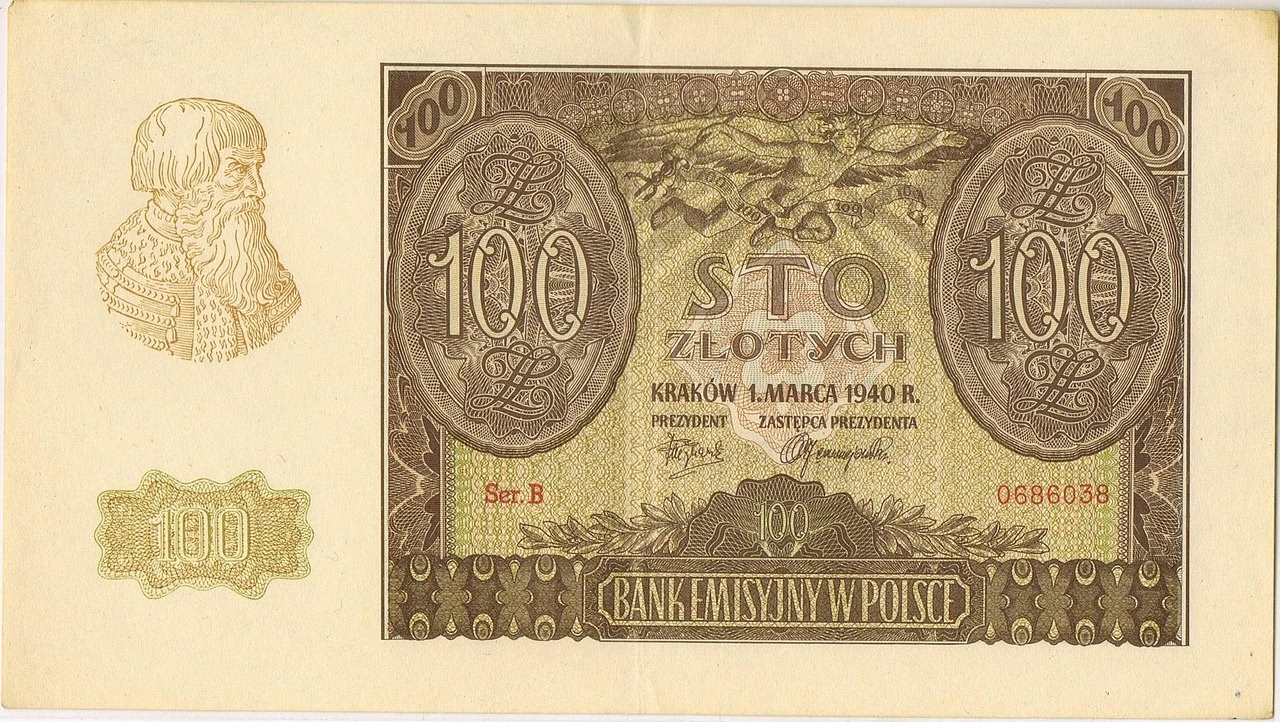“Major U.S. Banks Explore Launching Joint Stablecoin Amid Cr
May 27, 2025 | by Sophia Vance

Major U.S. Banks Eye Joint Stablecoin: A Bold Step in Crypto’s Mainstream March
When Wall Street’s titans start making coordinated moves in the crypto sphere, everyone should pay attention. The latest bombshell? Major U.S. banks—including names synonymous with legacy finance—are hammering out plans to launch a joint stablecoin. In an ecosystem hungry for credibility, interoperability, and regulatory clarity, this is more than a headline. It’s a palpable shift that promises to redraw the battle lines of both banking and blockchain. Here’s what’s truly at stake.
The Stablecoin Surge: Why Now?
Stablecoins have evolved beyond their utility as on-ramps to DeFi or parking spots for traders escaping volatility. Existing juggernauts like Tether (USDT) and Circle’s USDC control a mind-blowing $130+ billion in aggregate market cap, moving at speeds legacy banking rails can only envy. But let’s cut through the noise: their dominance is also a pressure point—one that U.S. regulators and traditional institutions can no longer ignore.
Recent SEC posturing, moves from BlackRock, and PayPal’s PYUSD venture have made one thing clear: the U.S. isn’t content watching crypto’s payment plumbing be built offshore. Within this climate, the idea of a consortium-backed, fully-regulated U.S. dollar stablecoin issued by trusted banking names is not just timely—it’s strategically essential.
Power in Unity: What Bank-Backed Means
Let’s get real. For years, banks have tiptoed—some might say stumbled—around crypto, hamstrung by regulatory scrutiny and a perception problem. But the pain points of the current system are undeniable:
- Payment Bottlenecks: Legacy rails settle in days; stablecoins in seconds.
- Banking for Crypto Firms: After the Silvergate and Signature implosions, industry trust evaporated.
- On-chain Transparency: Existing stablecoins raise questions about reserves and audits.
Banks aren’t known for unity. But the prospect of sharing technical infrastructure, risk, and regulatory frameworks—while carving out a defensible slice of an enormous pie—changes incentives. With the right regulatory partnership (think FDIC-insured reserves, daily disclosures, robust compliance), a bank-backed stablecoin would instantly become the first-choice digital dollar not just for crypto natives but for corporations and fintechs worldwide.
Looking Under the Hood: What Shape Could This Take?
The devil will be in the details, but don’t expect another “JP Morgan Coin”—private, restricted, and walled off. If the consortium wants to compete, it needs interoperability and composability. That means:
- Easy on-ramps/off-ramps to major blockchains
- DeFi compatibility (automated market makers, lending platforms, tokenized assets)
- Transparency and real-time proof of reserves, leveraging blockchain’s strengths—not fighting them
“A truly open, regulated stablecoin from major U.S. banks would send a ripple through the crypto market overnight—rewiring trust, scale, and perhaps regulatory expectations forever.”
The Big Picture: Impact and Foresight
The ripple effect here isn’t just market share. It’s perception. Suddenly, the line between TradFi and DeFi blurs. Think about what happens when some of the world’s largest payment flows and settlements become interoperable with programmable, on-chain money. Picture payroll, B2B payments, syndicated loans—all running on public blockchains, yet bearing the “good housekeeping seal” of America’s biggest banks.
The irony is sharp: the very institutions crypto was built to disrupt are now positioning themselves as the next torchbearers of its infrastructure. Rather than viewing it as capitulation, savvy investors should see it as validation. The move creates both a new standard for digital dollars and a rising regulatory moat few can traverse. Smaller banks and fintechs will quickly face the “join or compete” dilemma.
Risks, Pushback & the Road Ahead
Don’t mistake this pivot for an easy win. Potential antitrust scrutiny, onboarding hurdles, and the need for nimble, upgradeable smart contract infrastructure all loom large. And make no mistake: crypto natives will scrutinize centralization risks and gatekeeping with a microscope. There’s also global competition. Projects like EU’s MiCA and offshore stablecoins (e.g., USDT, Stablesats in LATAM) won’t disappear quietly.
What’s certain: If these U.S. giants team up and deliver, the game changes. The stablecoin arena can no longer be ignored as a sideshow. Instead, it becomes a central node of digital commerce—inextricably tied to the future of money itself.
Closing Thoughts
When history looks back at crypto’s evolution, the day U.S. banking giants walked onto the stablecoin stage will be a marked chapter. For those of us watching markets and narratives collide, it’s more than a bold move—it’s the next logical leap in a global financial revolution that, finally, can’t be ignored.
—Sophia Vance

RELATED POSTS
View all



